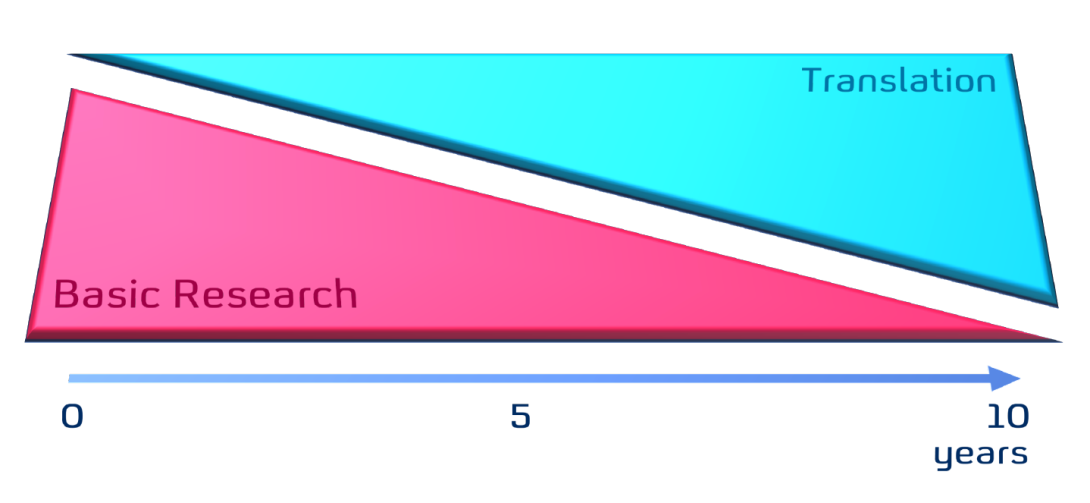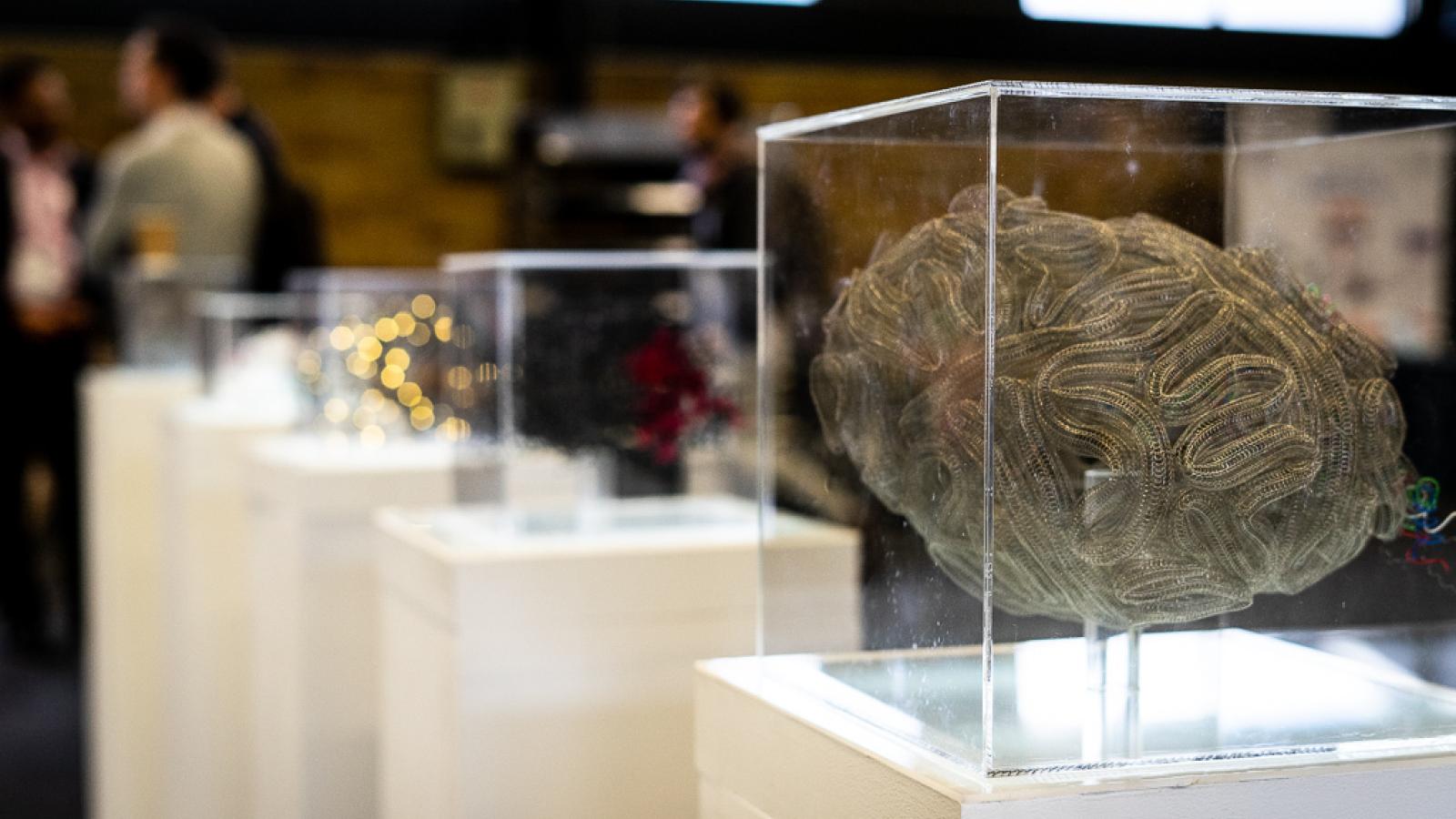Now in its eighth year, World Alzheimer’s Month is an international campaign to raise awareness and challenge the stigma that surrounds dementia. For the UK DRI, these 12 months have been marked by significant milestones for both the institute, and crucially the field of neurodegenerative disease and search for viable therapeutics.
New hope for trialsOne of the standout breakthroughs came late last year with news that a Phase1/2a trial targeting Huntington’s disease, led by UK DRI Group Leader Prof Sarah Tabrizi, had successfully lowered levels of the harmful huntingtin protein in the nervous system and that the drug was safe and well-tolerated. Following full publication of results in May 2019, Sarah said she is excited to be moving forward with global Phase 3 trials.
Just this week, Dr Ahmad Al Khleifat broke news that thefirst dose of gene therapy targeting C9orf72 in ALS was successfully delivered at King’s College Hospital. This study, led by UK DRI Associate Director Prof Chris Shaw, is a key milestone for the motor neuron disease community and if successful, will have wider implications for the neurodegenerative field. On this theme, UK DRI announced its first ‘Directors’ Strategic Initiative’ in July, establishing an Adeno-associated virus (AAV) core facility at UK DRI at King’s. This will aid the whole institute in the design, pre-clinical validation and clinical trials of AAV vectors.
World Alzheimer's Day falls on the same day in World Alzheimer's Month each year
Asked to think back to the last World Alzheimer’s Day in 2018 and outline the progress made since across the UK DRI, Prof Bart De Strooper, Director, said:
“Firstly, I have never experienced a year of so much change and progress – it is overwhelming. We now have over 50 Group Leaders, 350 researchers in total and over 431 publications since our inception. We saw two more official centre openings at Cardiff and King’s, and the launch of our new research programmes at the Care Research & Technology centre at Imperial.
For me, this seventh centre is the jewel in the crown of the UK DRI. It brings people affected by dementia closer to the basic science that is taking place, and will change the conversation and thinking of the institute as a whole.
Upon visiting the centres this year, I was blown away by the exciting and innovative research, and by how many interactions are already taking place. We have attracted the top international scientists. I have also been amazed by the enthusiasm from industry who are approaching us for collaboration – with our first shared postdoc scheme already in place.”
On his opinion of the biggest breakthrough for the dementia field in the last 12 months, Bart added:
‘There have several papers over the last year which could be viewed as major breakthroughs. However, we won’t know how important they are, whether they are controversial or whether they are the breakthrough they first appeared to be until five years down the line.
What I think was very interesting was the role of senescent cells in the disease associated with dementia. These cells appear to disrupt neighbouring or bystander cells, and when removed in animal studies, appear to slow down or even block the harmful progression of disease. This is a completely novel idea and fits with what we see in human brain. This is very exciting, but I would want to see many more studies to confirm before we hold it up as a breakthrough in the field.”

Bart's 10-year vision for the UK DRI strategy leading to development of therapies
With the UK DRI still in its infancy, there is still much to expect from the institute in the future. In a recent panel discussion with Neurocentral, Bart was asked where he hoped to see the field in five years, and the role of UK DRI in this:
“I think we need to start by gaining a greater knowledge of the molecular processes underlying the decline seen in disease (e.g., what is protective and what is harmful, to the cells, vasculature etc.). I think this will occur in next 3–5 years, but I am impatient and want to see it applied sooner in clinical settings.
Following the first 5-year period and armed with this knowledge, we as the UK DRI will be fully ready to translate the novel targets identified in these different pathways, working hard to see which are clinically feasible and interacting with industry to translate these insights in a whole category of novel drugs. I want to see significant effort in translating our knowledge base into patient-relevant work.
I would like to move away from a linear strategy and adopt a more parallel model, akin to two triangles or wedges over the 10-year period. In the first years, a lot of basic research will take place to fill the knowledge gap. That will become narrower over the decade, but importantly still exist as it is a fundamental driving force of progress. On the other side, the translational triangle involving industry, opens up and becomes bigger towards that 10-year milestone – much more clinical-/drug target-orientated research. I hope the UK DRI is a central player in the worldwide effort.
The big difference 10 years ago was the majority of effort was focused on basic science and then we hoped industry picked up a few things, which they did. However, that was too slow and linear. The model I envisage is in parallel with a graduated shift in focus towards translation, which I think will accelerate the development of therapies.”
You can read the full panel interview for World Alzheimer’s Month with Bart, James Pickett (Alzheimer’s Society) and Carol Routledge (Alzheimer’s Research UK) on the NeuroCentral Website.
